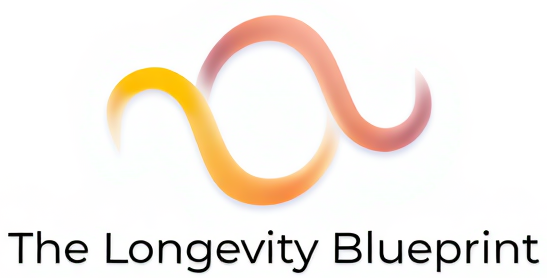Master Your Energy, Calm Your Mind: The 5 Yogic Breaths Your Body Is Waiting For with Pranayama
Five Breaths to Fix Your Brain Fog and Anxiety
Pranayama, the art of breath control, holds a central place in Sivananda Yoga. Founded by Swami Sivananda, this yoga tradition emphasizes the holistic integration of physical, mental, and spiritual practices. Swami Sivananda believed that pranayama is not just a series of breathing exercises but a profound practice for harnessing and regulating the vital life force (prana) to achieve higher states of consciousness and overall well-being.
Pranayama is considered essential for purifying the mind and body. Prana is the vital energy that sustains life, and pranayama is the method to control and enhance this energy. The systematic practice of pranayama helps to balance the body’s energy channels (nadis), leading to physical health, mental clarity, and spiritual enlightenment.

Sivananda Yoga
Recommended several pranayama techniques, each designed to address different aspects of health and consciousness:
1. Nadi Shodhana (Alternate Nostril Breathing):
- Purpose: To purify the nadis and balance the flow of prana in the body.
- Technique: Inhale through one nostril while closing the other, then exhale through the alternate nostril, repeating the process alternately.
2. Kapalabhati (Skull Shining Breath):
- Purpose: To cleanse the respiratory system and invigorate the mind.
- Technique: Perform rapid, forceful exhalations followed by passive inhalations.
3. Bhastrika (Bellows Breath):
- Purpose: To energise the body and stimulate the metabolic processes.
- Technique: Deep, forceful inhalations and exhalations, similar to the bellows used to fan a fire.
4. Bhramari (Bee Breath):
- Purpose: To calm the nervous system and reduce stress.
- Technique: Inhale deeply and, on exhalation, produce a humming sound like that of a bee.
5. Sheetali and Sheetkari (Cooling Breaths):
- Purpose: To cool the body and soothe the mind.
- Technique: Inhale through a rolled tongue (Sheetali) or through clenched teeth (Sheetkari), and exhale through the nose.

Benefits of Pranayama
Pranayama offers a multitude of benefits, encompassing physical, mental, and spiritual dimensions:
1. Physical Benefits:
- Improved Respiratory Health: Enhances lung capacity and efficiency, promotes better oxygenation of the blood, and helps clear the respiratory tract.
- Detoxification: Assists in expelling toxins from the body through deep and rhythmic breathing.
- Boosted Immunity: Strengthens the immune system by improving the overall function of bodily organs and systems.
2. Mental Benefits:
- Stress Reduction: Activates the parasympathetic nervous system, inducing a state of relaxation and reducing stress levels.
- Enhanced Focus and Concentration: Promotes mental clarity and sharpens focus, aiding in both meditation and daily activities.
- Emotional Balance: Helps regulate emotions, reducing anxiety, anger, and depression, and promoting a balanced emotional state.
3. Spiritual Benefits:
- Mind Purification: Clears mental impurities, preparing the practitioner for deeper meditation and spiritual practices.
- Kundalini Awakening: Certain pranayama techniques can stimulate the awakening of Kundalini energy, leading to spiritual enlightenment.
- Inner Peace: Cultivates a profound sense of inner peace, contentment, and connection with the divine.

Practicing Pranayama
Here are the key steps:
1. Preparation: Sit in a comfortable, stable posture such as Padmasana (Lotus Pose) or Sukhasana (Easy Pose), with the spine erect and hands resting on the knees.
2. Warm-Up: Begin with a few rounds of deep, natural breathing to prepare the lungs and respiratory system.
3. Technique Execution: Follow the specific instructions for the chosen pranayama technique with full awareness and concentration.
4. Gradual Increase: Start with short sessions and gradually increase the duration as comfort and proficiency develop.
5. Consistency: Regular practice is crucial for experiencing the full range of pranayama’s benefits.
Pranayama, as taught in Sivananda Yoga, is a transformative practice that integrates physical health, mental clarity, and spiritual growth. Swami Sivananda’s teachings highlight the profound impact of pranayama on overall well-being, emphasising its role in achieving balance and harmony in life. By incorporating pranayama into a regular yoga practice, individuals can unlock the vast potential of their life force, leading to a more fulfilling and enlightened existence.
